Japan stands as a living museum of calligraphy where ancient brushwork traditions remain vibrantly alive in both sacred and everyday spaces. Unlike Western penmanship, Japanese calligraphy—known as shodo or ‘the way of writing’—transcends mere communication to become a moving meditation, artistic expression, and spiritual practice simultaneously.
From temple-filled ancient capitals to modern urban centers, the country offers extraordinary opportunities for travelers to experience this revered art form under the guidance of masters who have dedicated decades to perfecting a single brushstroke.
For visitors eager to move beyond casual observation to actual hands-on practice, certain regions offer particularly rich immersion in calligraphic traditions.
Here is a list of destinations where brush meets paper in the most authentic and accessible ways for foreign travelers.
Kyoto

The ancient imperial capital maintains Japan’s deepest calligraphy traditions, with multiple schools offering instruction in temple settings where the art form has been practiced continuously for centuries. Specialized shops around Teramachi Street stock exceptional brushes handcrafted from animal hair bound to bamboo handles using techniques unchanged since the Heian period.
Many temples host morning calligraphy sessions where visitors practice alongside monks who incorporate brushwork into their daily spiritual practice.
Nara
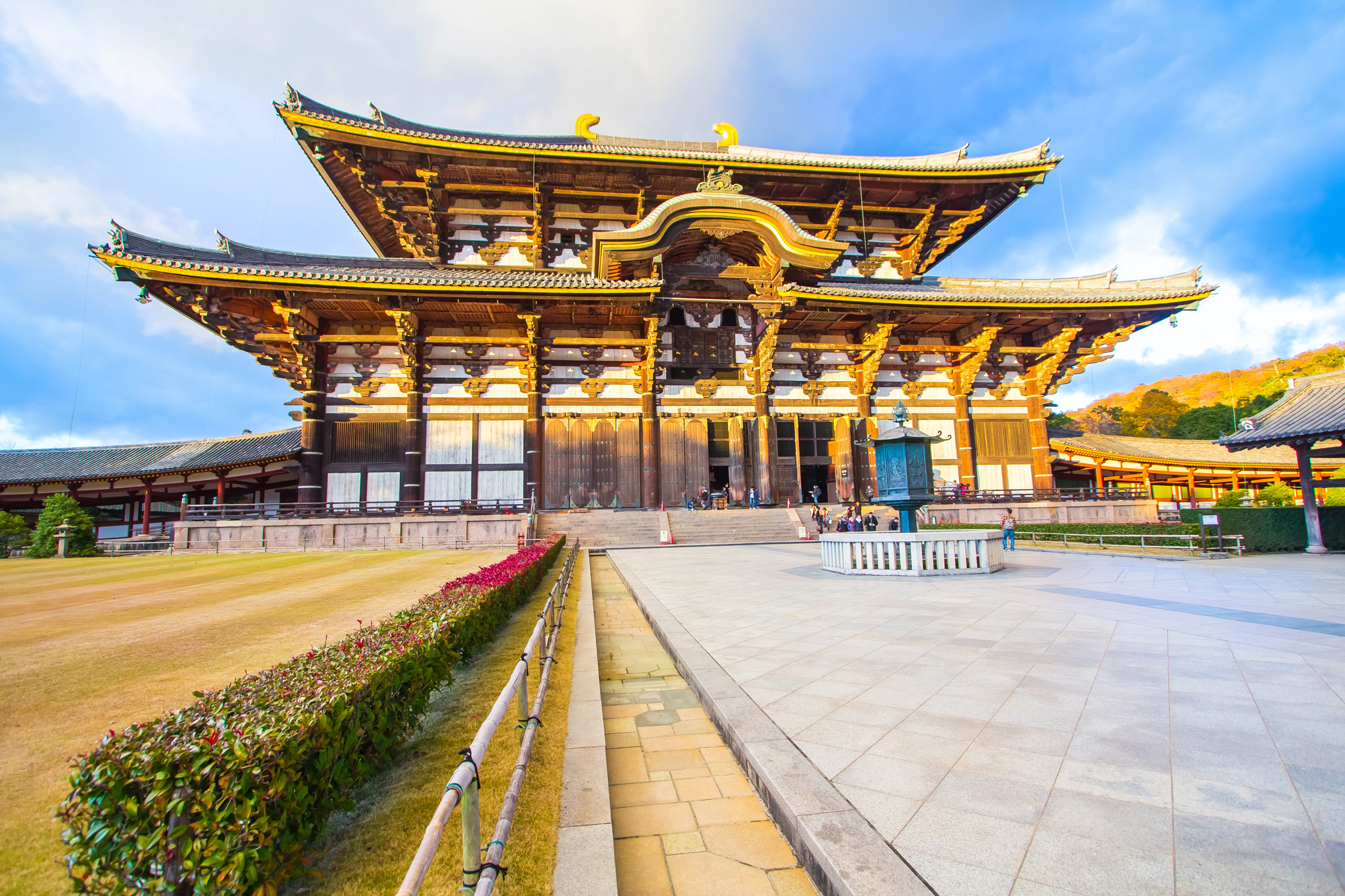
Japan’s first permanent capital houses some of the earliest examples of Japanese calligraphy, including sutras written during the introduction of Buddhism to Japan in the 7th century. The Nara National Museum contains remarkable historical examples that provide context for travelers before they attempt their own brushwork.
Several small ateliers nestled among the ancient streets offer intimate classes where instructors demonstrate how calligraphy evolved from Chinese models into distinctly Japanese styles.
Tokyo

The modern capital provides the greatest diversity of calligraphy experiences, from traditional instruction to contemporary artistic interpretations pushing boundaries of the ancient art form. Specialized cultural centers in neighborhoods like Yanaka and Asakusa offer short workshops designed specifically for tourists, with materials included and instruction available in multiple languages.
University districts host avant-garde calligraphers experimenting with new forms while maintaining a deep respect for traditional techniques.
Like Travel Pug’s content? Follow us on MSN.
Kamakura
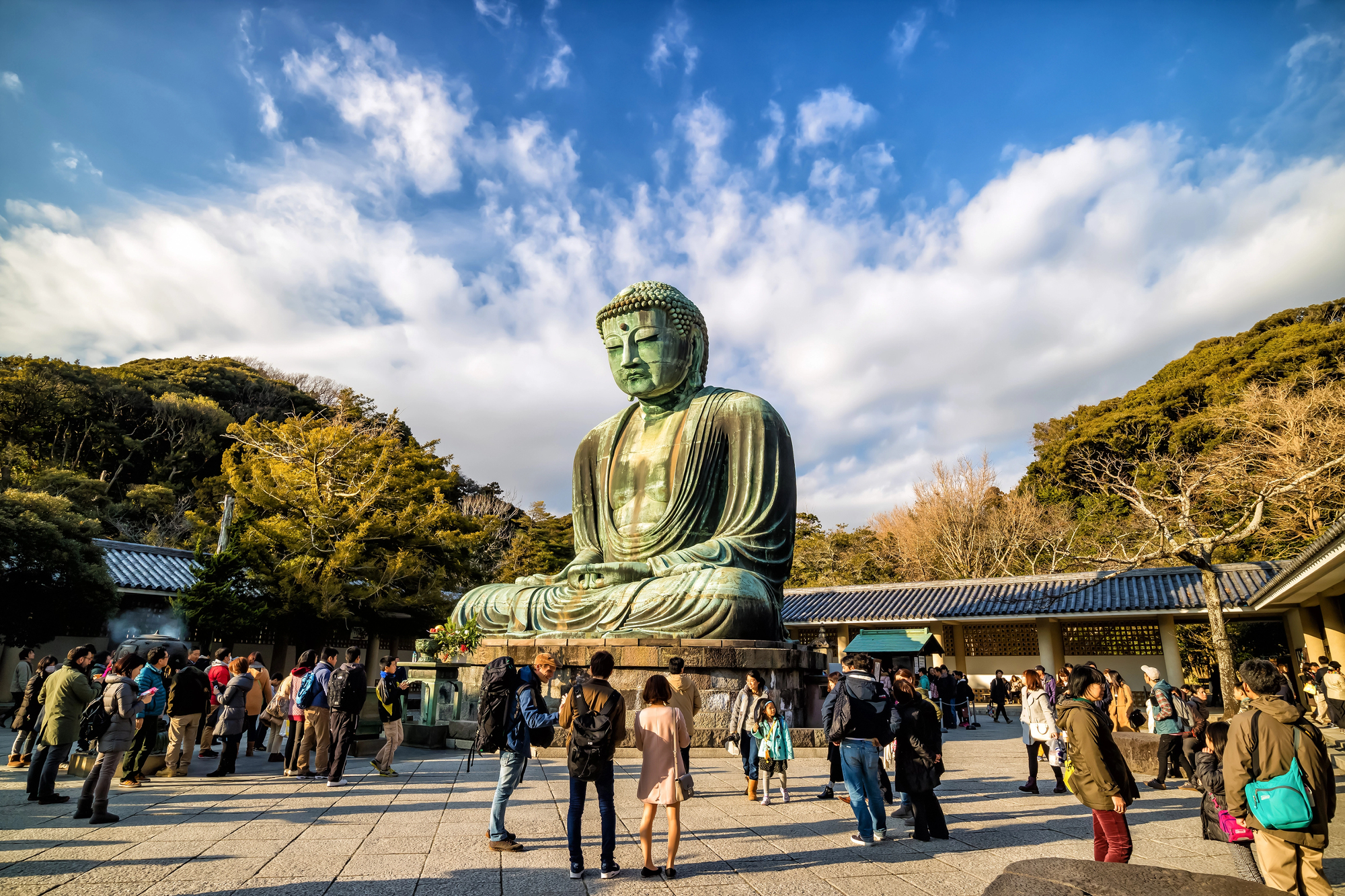
This coastal city south of Tokyo offers calligraphy instruction in serene Zen temple settings where the connection between brushwork and meditation becomes immediately apparent. Many classes take place in tatami rooms overlooking meticulously maintained gardens designed to inspire mindfulness and artistic focus.
The strong Zen influence here emphasizes calligraphy as a spiritual practice rather than merely decorative art, with instructors guiding students toward finding inner stillness before touching brush to paper.
Kanazawa
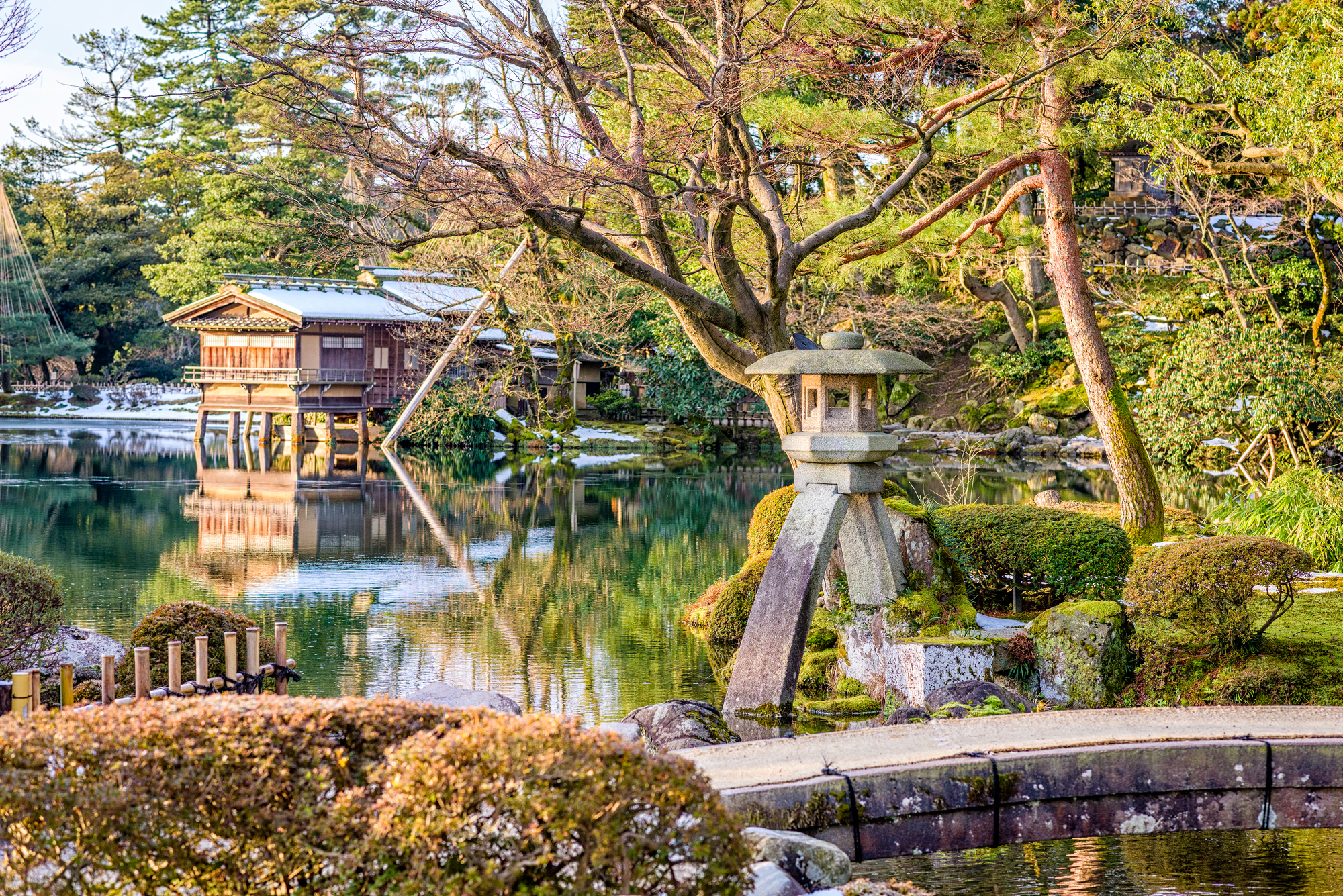
This beautifully preserved city on the Sea of Japan coast maintains strong traditional arts culture including distinctive calligraphy styles practiced by former samurai families. The city’s historic Nagamachi district houses multiple small museums displaying samurai calligraphy alongside workshops where visitors learn about the connection between martial arts discipline and brushwork precision.
Local artisans still produce handmade washi paper using traditional methods, providing students with exceptional surfaces for their calligraphy practice.
Hiroshima
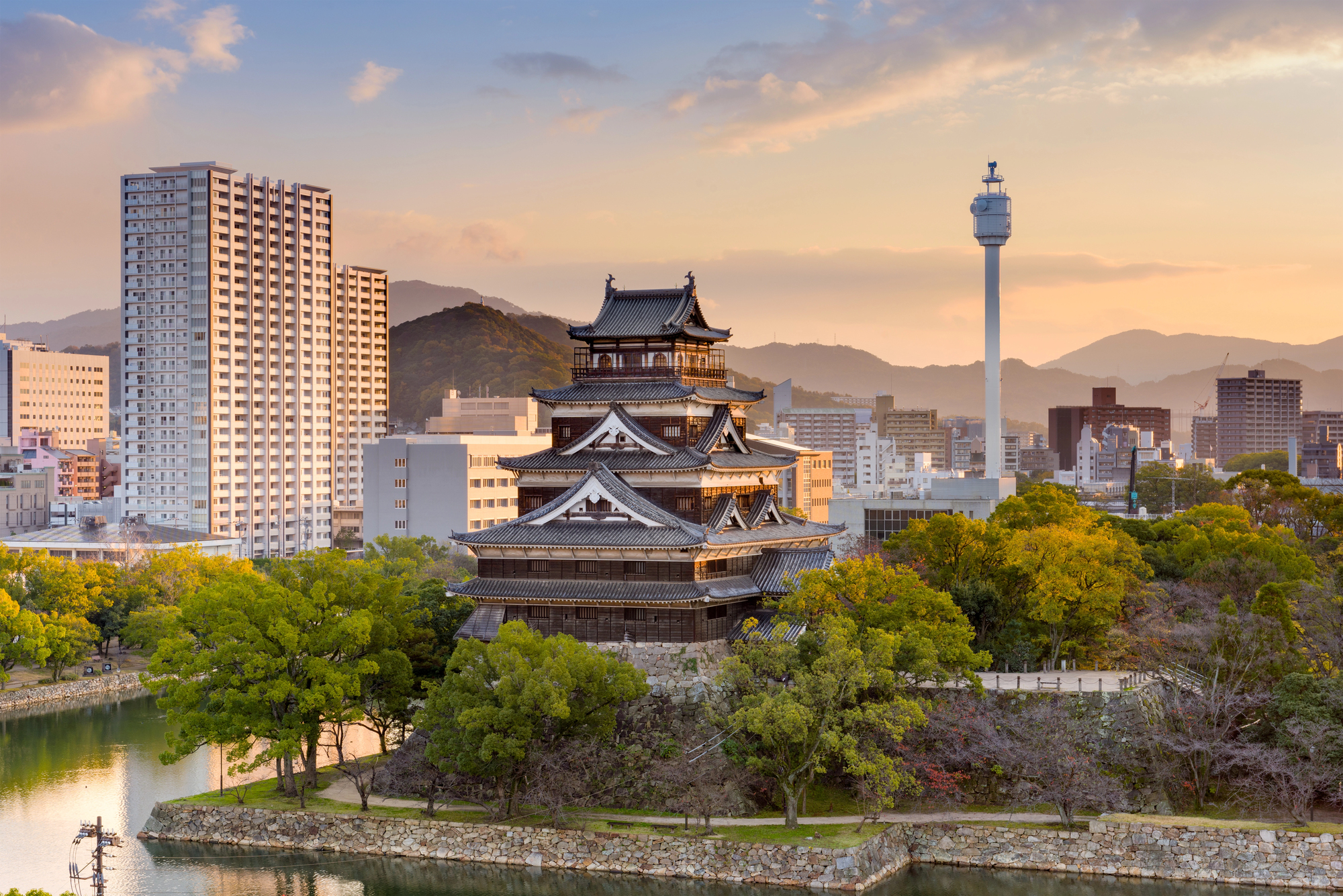
Beyond its peace memorials, this resilient city offers powerful experiences connecting calligraphy to concepts of renewal and resilience. Several centers provide instruction specifically focused on peace-themed characters and phrases, creating meaningful souvenirs that connect visitors to Japan’s post-war narrative.
The nearby island of Miyajima provides stunning natural settings for outdoor calligraphy sessions where participants draw inspiration from the same sacred landscapes that moved ancient masters.
Like Travel Pug’s content? Follow us on MSN.
Fukuoka

This gateway city to Kyushu serves as an important historical connection point between Japan and mainland Asia reflected in its calligraphic traditions that maintain strong links to Korean and Chinese influences. The city hosts several museums displaying how imported calligraphy techniques were adapted to Japanese aesthetic sensibilities over centuries of cultural exchange.
Hakata neighborhood workshops specialize in teaching travelers how regional differences in brushstroke styles reflect distinct cultural histories within Japan.
Sendai
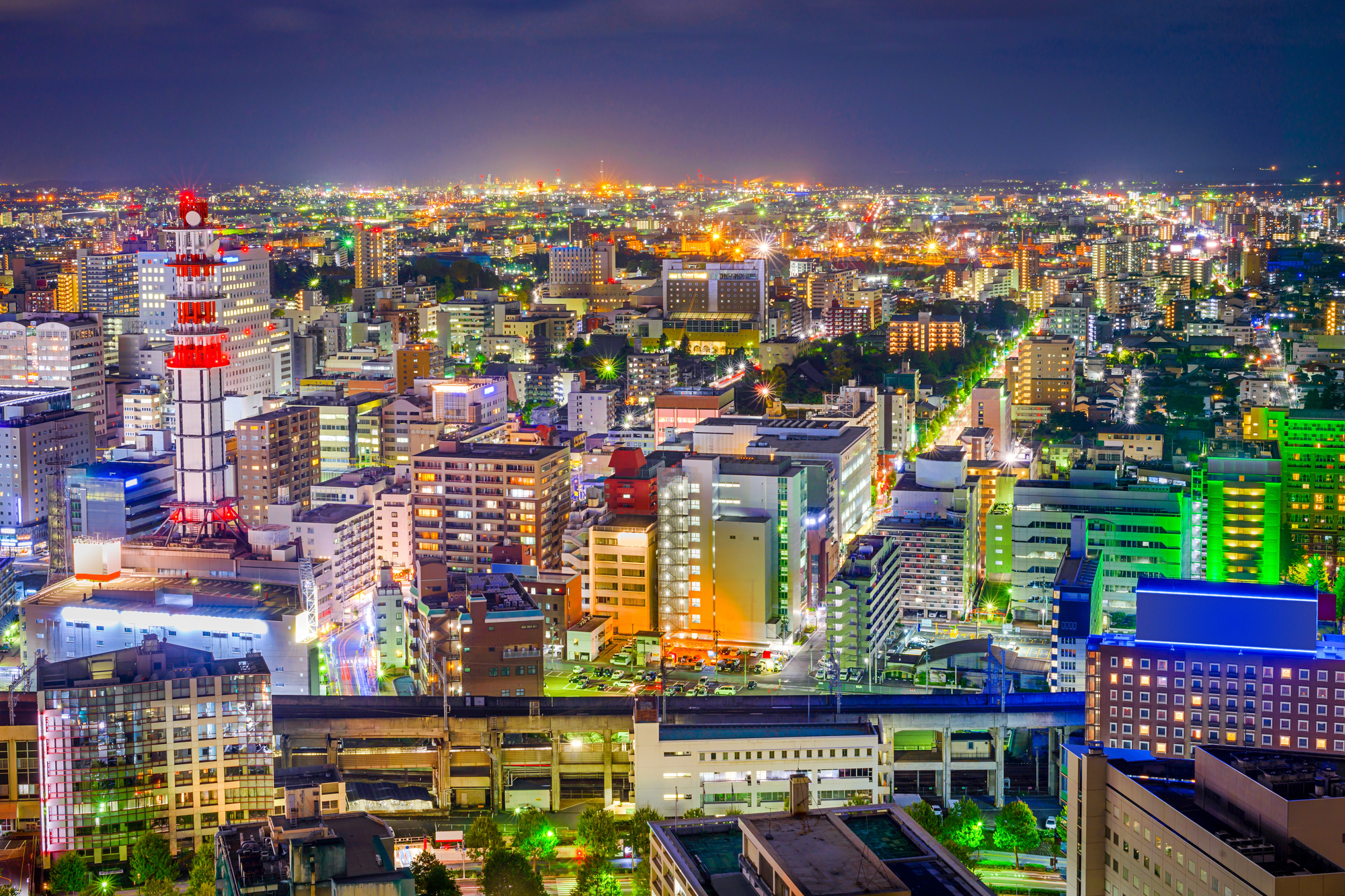
The largest city in Tohoku preserves distinctive northern calligraphy traditions influenced by samurai culture and regional aesthetics. Local instructors often emphasize the bold, powerful strokes characteristic of regional styles that developed in relative isolation from imperial centers.
Several traditional paper-making villages in surrounding mountains offer combined experiences where visitors make their own washi paper in the morning, then practice calligraphy on it in afternoon sessions.
Matsuyama
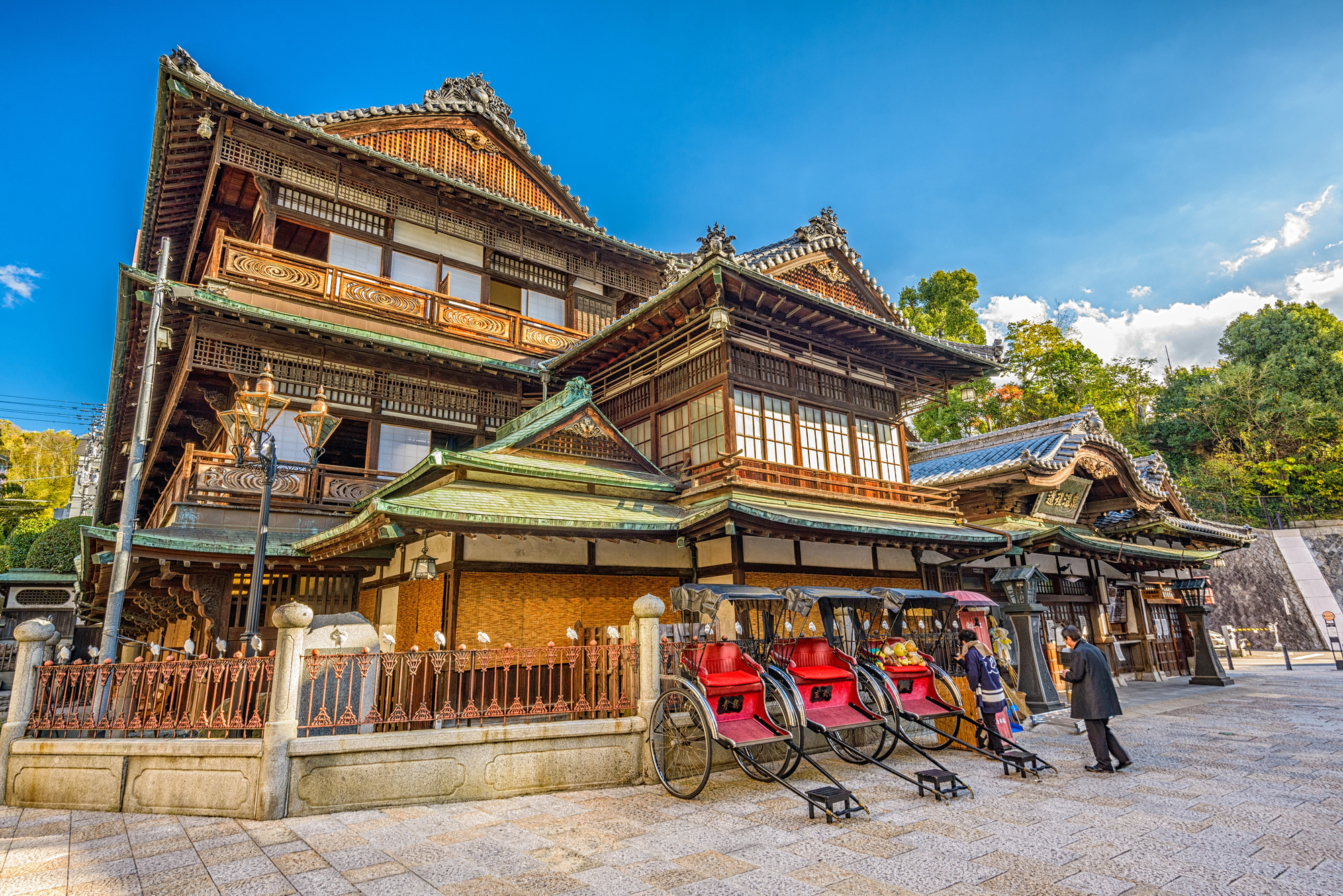
This Shikoku city maintains strong connections to haiku poetry through its Masaoka Shiki heritage, creating unique opportunities to study the integration of calligraphy with poetic forms. Several cultural centers offer workshops teaching visitors to compose simple haiku and then render them in appropriate calligraphic styles on traditional card formats.
The city’s historic hot springs districts provide relaxing settings for evening practice sessions after visitors have soaked away travel tension in therapeutic waters.
Like Travel Pug’s content? Follow us on MSN.
Kochi

This southern Shikoku city preserves traditions of samurai calligraphy connected to regional hero Sakamoto Ryoma, whose revolutionary ideas were often expressed through powerful brushwork. Local museums display important historical documents featuring distinctive regional calligraphy styles developed during periods of relative isolation.
Small family workshops offer instruction using locally-made brushes crafted from specific animal hairs selected for their resilience and precision.
Nikko
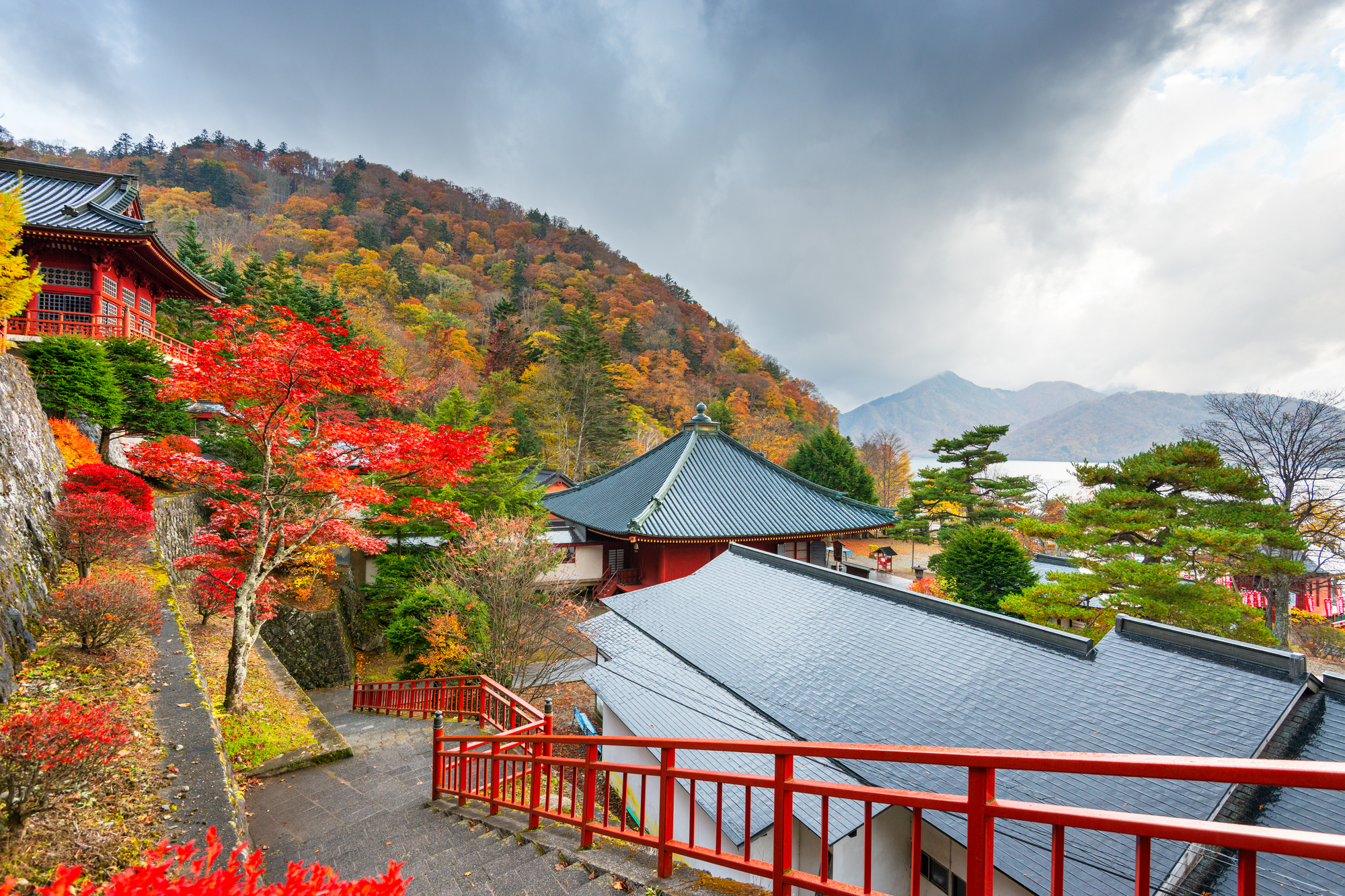
This mountain sanctuary north of Tokyo offers calligraphy instruction in settings surrounded by some of Japan’s most impressive architectural calligraphy adorning temple gates and prayer halls. Morning classes often begin with viewing massive calligraphic works executed by ancient masters before participants attempt their own scaled-down versions.
The natural mountain setting provides distinctive seasonal inks made from local plant materials, creating unique color variations impossible to find elsewhere.
Hagi
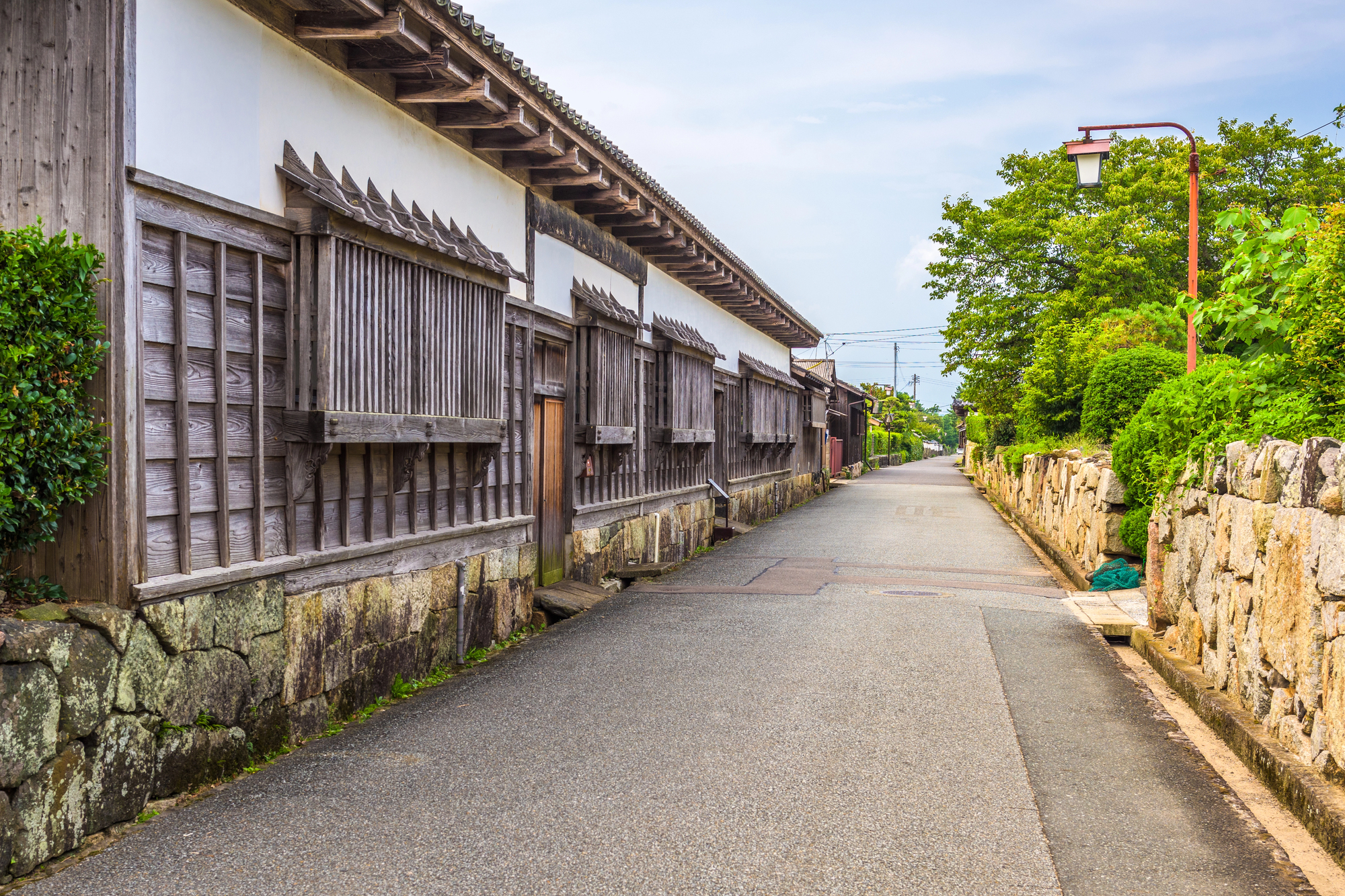
This preserved castle town on the Japan Sea coast maintains strong connections to samurai calligraphy traditions from the Edo period when regional lords developed distinctive artistic styles. The atmospheric old town features multiple small museums housed in former samurai residences where visitors can study historical examples before attempting similar styles.
Local instructors emphasize connections between calligraphy and the tea ceremony, with many workshops incorporating both art forms into single experiences.
Like Travel Pug’s content? Follow us on MSN.
Kurashiki

The beautifully preserved canal district houses several traditional calligraphy schools offering instruction in historic merchant buildings dating back centuries. The Ohara Museum area includes specialized shops selling exceptional quality brushes and papers produced by regional artisans following traditional methods.
Evening workshops often take place in lantern-lit traditional settings, creating atmospheric conditions similar to how calligraphy would have been practiced before electric lighting.
Ise
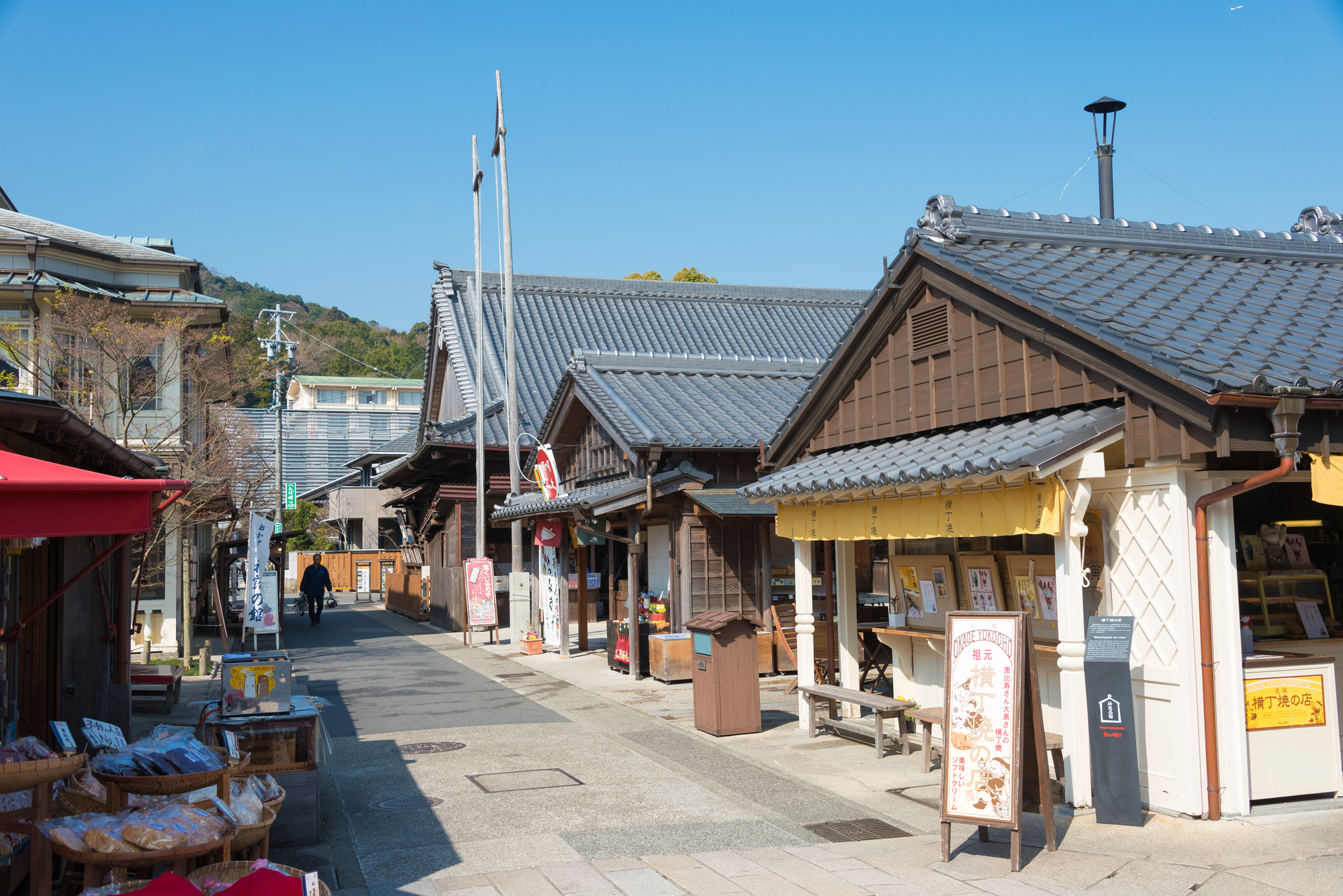
This sacred region offers unique opportunities to study calligraphy connected to Shinto traditions rather than the Buddhist influences dominant elsewhere. Workshops often focus on the distinctive styles used for prayer tablets and ceremonial documents, with instructors explaining the spiritual significance behind specific characters and compositions.
The region’s traditional paper-makers produce special grades of washi used exclusively for religious purposes, which visitors can experience working with during specialized workshops.
Uji
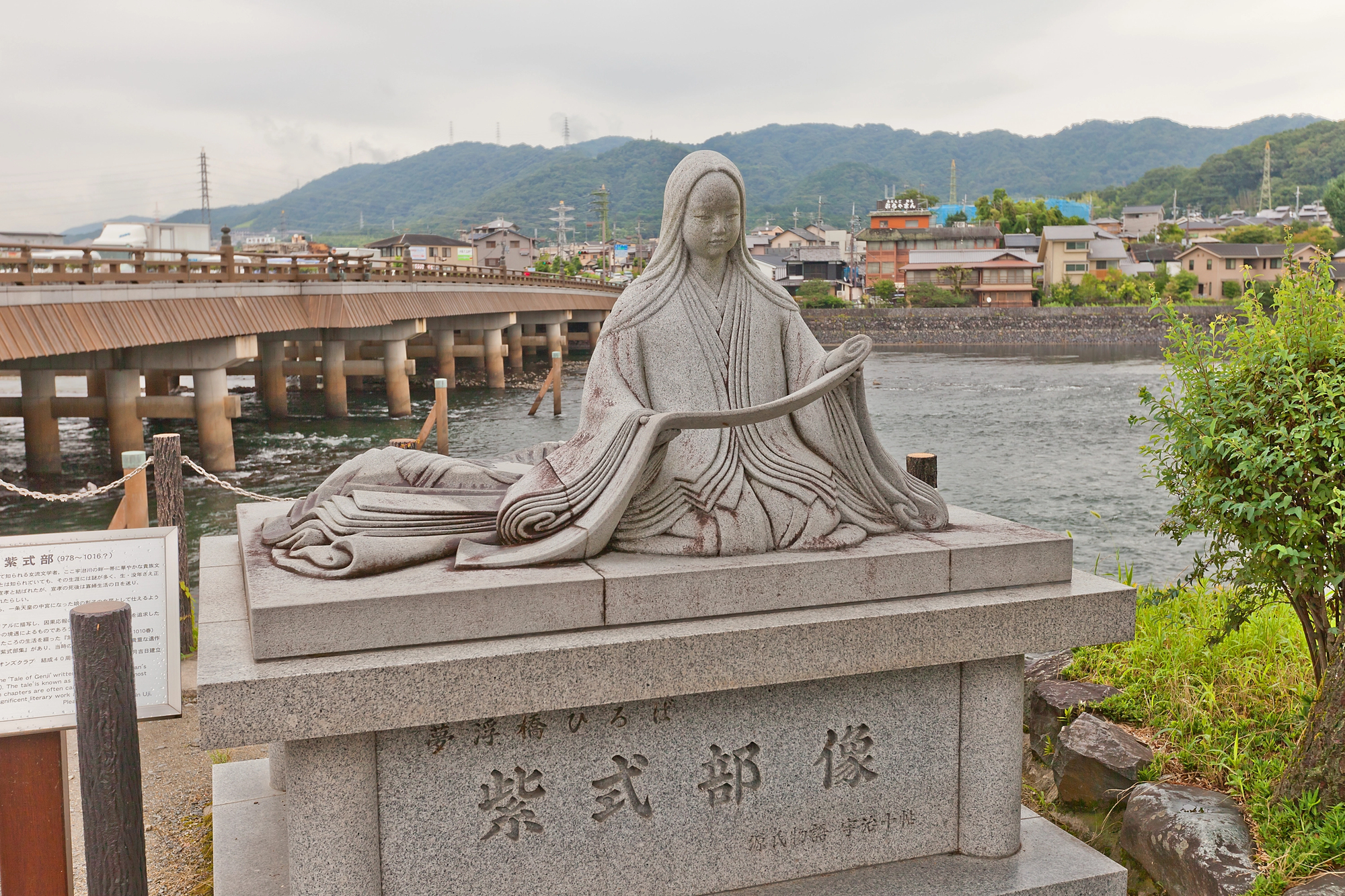
This small city between Kyoto and Nara offers calligraphy workshops that incorporate the meditative aspects of the tea ceremony, creating multi-layered cultural experiences. Many sessions take place in rooms overlooking the famous Uji River, whose flowing waters have inspired poets and calligraphers for centuries.
Local instructors often demonstrate how masters historically used different water sources for mixing inks, believing that water properties significantly influenced the final brushwork quality.
Like Travel Pug’s content? Follow us on MSN.
Brush and Spirit
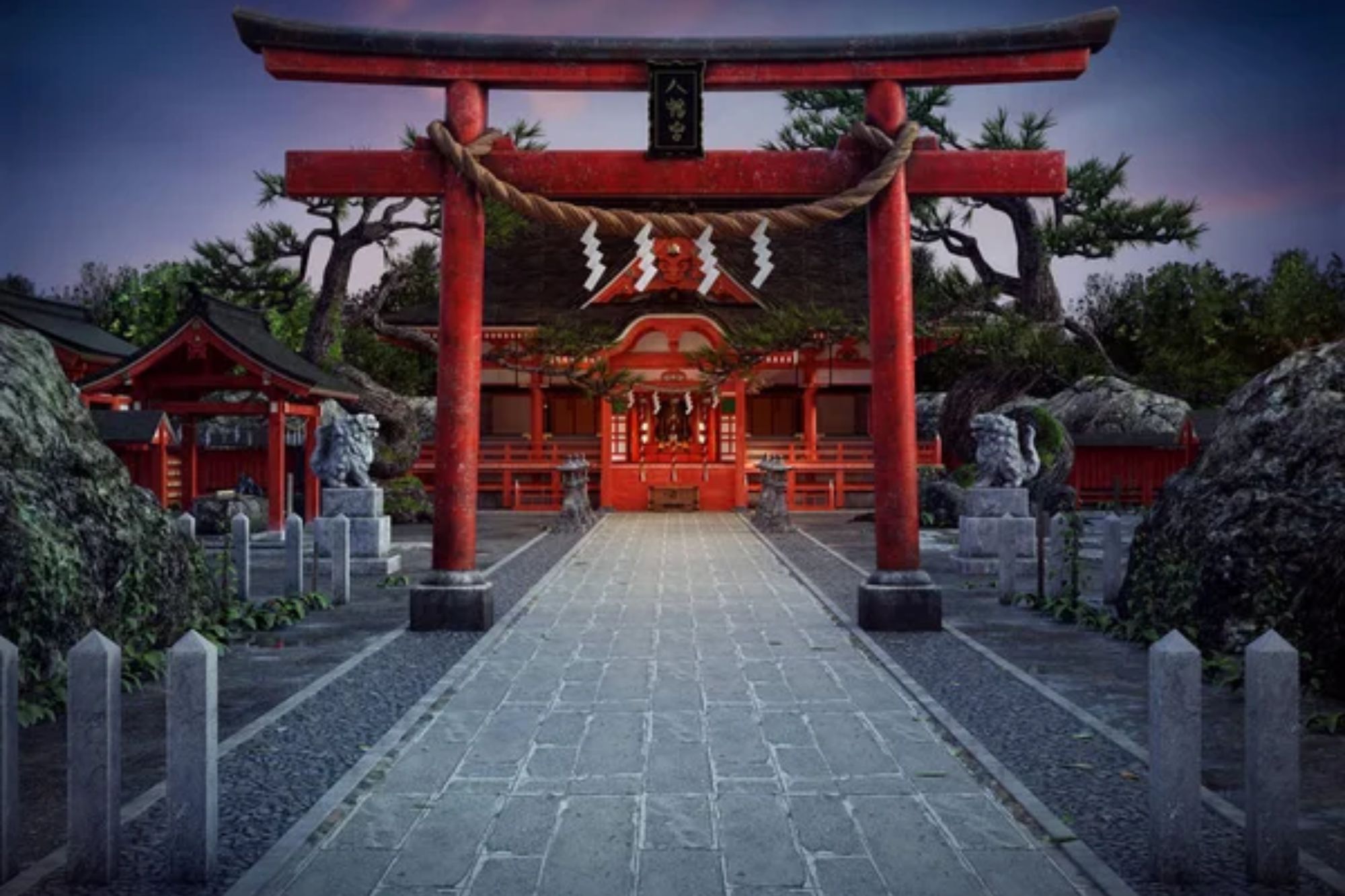
Japanese calligraphy offers travelers rare access to living traditions where modern practitioners maintain direct connections to techniques developed over thousands of years. The regions highlighted above provide more than mere tourist experiences—they offer genuine entry points into an art form that Japanese culture has refined to extraordinary levels.
Even beginners discover that proper brush holding techniques and basic strokes open unexpected windows into Japanese aesthetic principles and philosophical concepts impossible to grasp through observation alone. Visitors often find that the most valuable souvenir becomes not the finished calligraphy piece but the embodied knowledge of how deeply a single brushstroke can connect past to present, mind to body, and traveler to timeless artistic tradition.
More from Travel Pug

- Cities Growing so Fast You Won’t Recognize Them in 10 Years
- 13 Destinations Where Tourists Regularly Regret Their Trip
- 20 Obscure WWII Sites Even History Buffs Don’t Know About
- 10 Under-the-Radar Mountain Towns That Are Both Affordable and Beautiful
- Remote Villages in Europe Where You Can Live for Free in Exchange for Work
Like Travel Pug’s content? Follow us on MSN.
